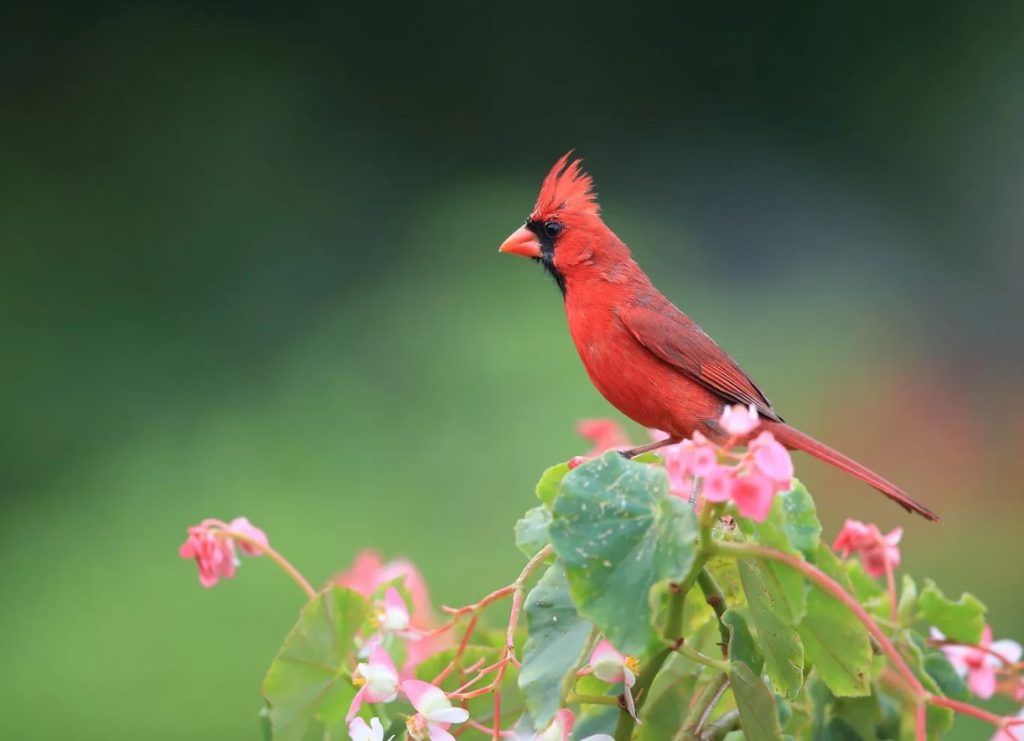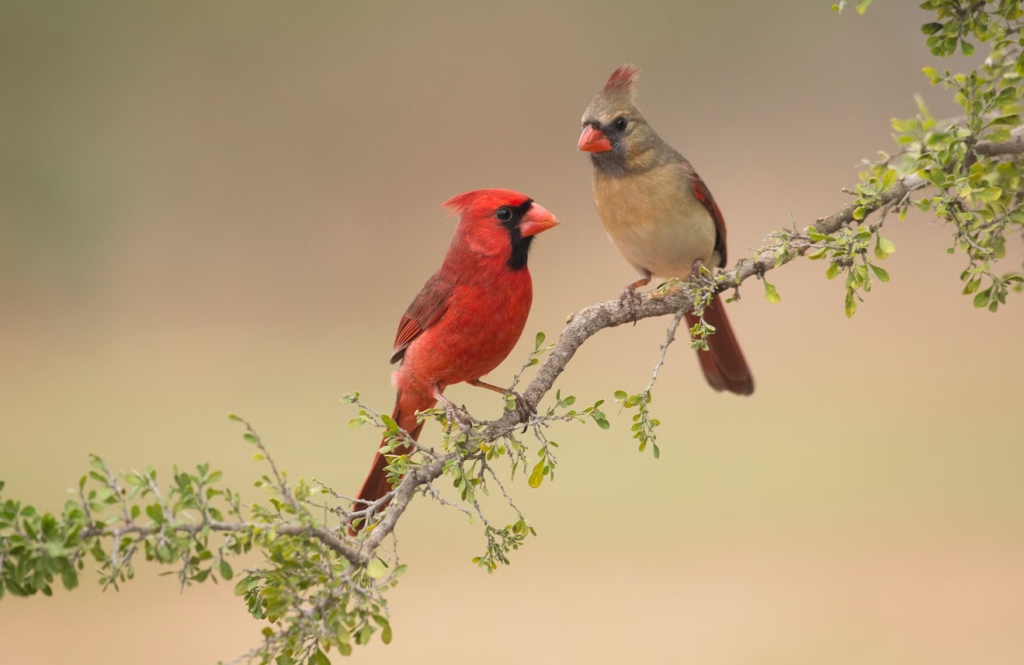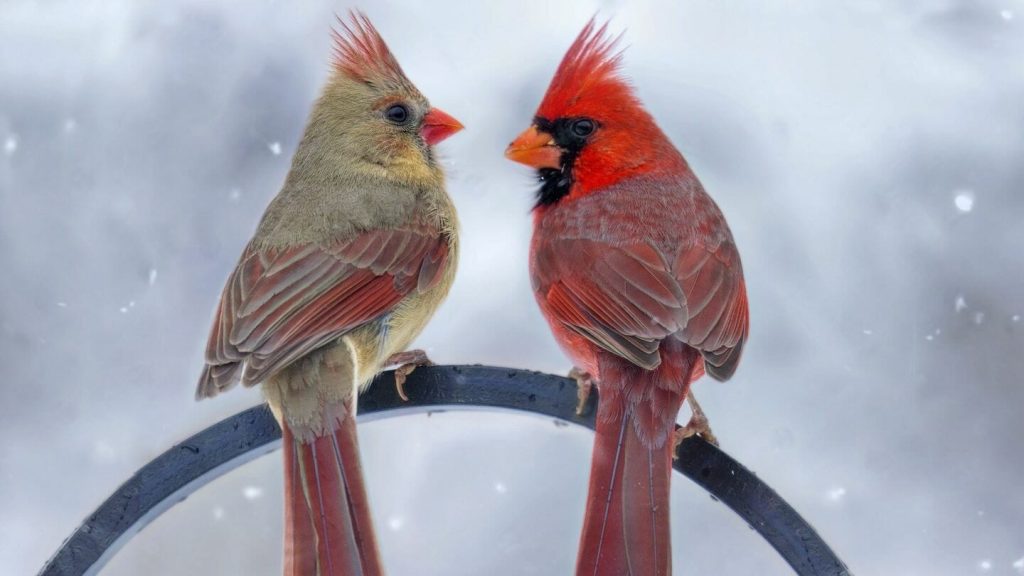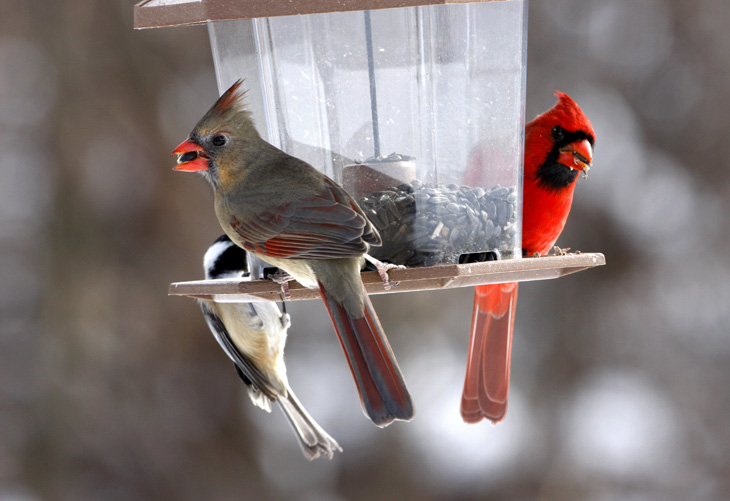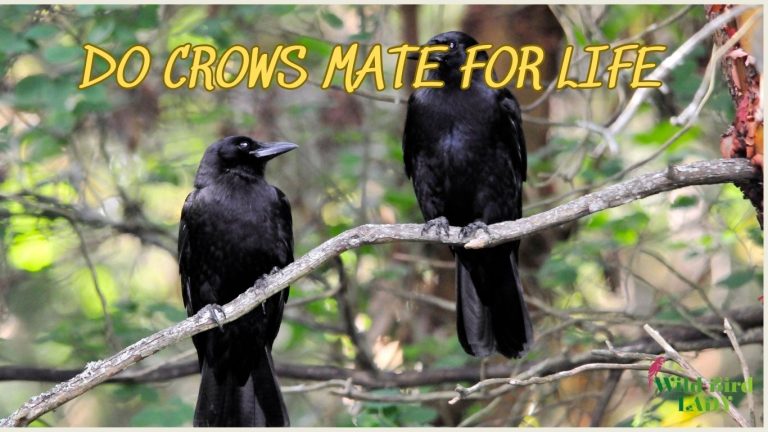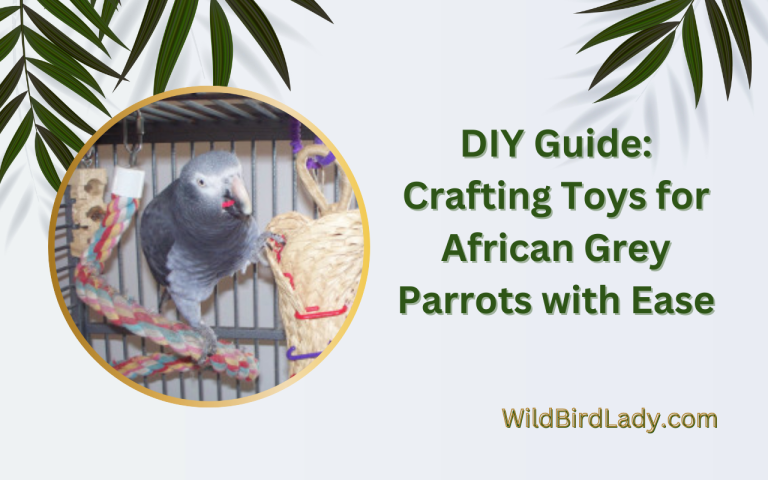How Long Do Cardinals Live? Discover the Secrets Behind Their Lifespan
By Rifat Ahmed – Birdwatcher with 13+ Years of Experience
There’s something magical about the flash of red that flits across a winter landscape. The Northern Cardinal, with its brilliant plumage and unmistakable whistle, has long captured the hearts of bird lovers like myself. But have you ever wondered—how long do cardinals live?
Understanding the cardinal lifespan offers a deeper appreciation for this iconic backyard bird. From the threats they face in the wild to how we can help them live longer, this article unpacks everything I’ve learned over 13 years of birding — and is supported by expert data. According to the Cornell Lab of Ornithology’s All About Birds, “The oldest recorded Northern Cardinal was a male, and at least 15 years, 9 months old when he was recaptured and released during banding operations in Pennsylvania.
Quick Answer: How Long Do Cardinals Live?
In the wild, most Northern Cardinals live 3 to 5 years. However, some have been known to survive much longer. The oldest recorded Northern Cardinal in the wild was at least 15 years and 9 months old, according to bird banding records cited by the Cornell Lab of Ornithology.
While that’s impressive, long lifespans like this are rare. Most cardinals succumb to predators, disease, or harsh weather within their first few years.
Wild vs. Captive Cardinal Lifespan
The environment plays a huge role in determining how long a cardinal will live. Let’s break it down:
In the Wild
- Average lifespan: 3–5 years
- High mortality in the first year due to predation and harsh conditions
- Major threats: Hawks, cats, window strikes, starvation, and severe weather
In Captivity (e.g., rehabilitation centers)
- Potential lifespan: 10–15 years or more
- Benefits: Consistent food, medical care, and protection from predators
- Note: Cardinals are wild birds protected by the Migratory Bird Treaty Act, so it’s illegal to keep one as a pet in the U.S. without a permit.
Why Most Cardinals Die Young
One of the hardest truths for bird lovers is this: over half of baby cardinals don’t make it to adulthood.
Here are a few reasons why:
Predators
- Hawks, owls, snakes, raccoons, and even squirrels prey on cardinal eggs, nestlings, and adults.
- Domestic cats are one of the leading human-related causes of bird mortality, killing an estimated 2.4 billion birds annually in the U.S.
Window Collisions
- According to the American Bird Conservancy, up to 1 billion birds die each year from window strikes. Cardinals are frequent victims due to their territorial behavior—males sometimes attack their own reflection.
Weather & Starvation
- Harsh winters and late spring frosts can kill food sources.
- Droughts reduce berry and seed availability.
- Young cardinals often struggle to find food on their own after fledging.
What Impacts the Cardinal Lifespan?
The question “how long do cardinals live?” doesn’t have a one-size-fits-all answer. While the average lifespan of a Northern Cardinal is around 3–5 years in the wild, a wide range of environmental and biological factors can either shorten or extend that timeframe.
As someone who has observed these birds through countless seasons, I’ve noticed that small changes in their surroundings can have major effects on how long they survive. Let’s break down the key elements that shape the cardinal lifespan:
1. 📍 Location & Climate
Cardinals are year-round residents across much of the eastern and central United States, as well as parts of Mexico and Canada. But where a cardinal lives significantly impacts its survival.
- In milder southern climates, cardinals benefit from longer growing seasons and more consistent food supplies.
- In contrast, cardinals in northern regions face long, harsh winters with fewer resources and higher risks of freezing temperatures and food shortages.
According to the Cornell Lab of Ornithology, cardinals do not migrate, which means they’re entirely dependent on their local habitat to survive through every season. Prolonged droughts, extreme cold snaps, or sudden habitat destruction can drastically reduce lifespan.
2. Food Availability
A cardinal with access to abundant and diverse food is far more likely to thrive. Their diet includes:
- Seeds: Especially sunflower and safflower, which are rich in fats.
- Fruits: Like dogwood berries, serviceberries, and mulberries.
- Insects: Essential during the breeding season for feeding chicks.
During my observations, I’ve noticed that cardinals with steady access to native fruiting plants and clean feeders are more active, maintain better plumage, and survive winter more easily than those in areas with limited natural food.
A nutrient-rich diet strengthens their immune system, enhances breeding success, and gives them the energy needed to evade predators or survive weather extremes.
3. Habitat Quality
One of the most overlooked yet critical factors in cardinal lifespan is the quality of their habitat.
Cardinals prefer dense, shrubby cover for nesting and roosting. They build nests in thickets, evergreens, or tangled vines that provide concealment from predators like hawks, snakes, and cats.
Well-maintained suburban gardens can become cardinal havens if they offer:
- Native shrubs (e.g., viburnum, elderberry, or juniper)
- Layered vegetation for cover
- Low human disturbance near nesting zones
On the other hand, heavily manicured lawns or pesticide-laden landscapes reduce nesting success and expose birds to harmful chemicals.
4. 🧬 Genetics & Individual Health
Like humans, not all cardinals are genetically equal. Some are simply born hardier than others.
- Healthy parent birds are more likely to produce robust offspring that can better resist disease and harsh conditions.
- Genetic mutations, malnutrition during the nestling phase, or exposure to toxins early in life can reduce a bird’s overall vitality and lifespan.
From my years of birding, I’ve seen that fledglings raised in safe, food-rich environments not only survive at higher rates—but often return to the same area to breed, continuing a strong genetic line.
5. Human Impact
Though not always mentioned, human activity plays a major role in how long cardinals live.
- Window collisions, cat predation, pesticide use, and habitat fragmentation all reduce cardinal survival.
- Even light pollution can disrupt sleep cycles and breeding patterns in songbirds.
That’s why simple changes—like installing window decals or planting native shrubs—can directly contribute to increasing the cardinal lifespan in your area.
Cardinal Lifespan by Life Stage
To better understand a cardinal’s journey, here’s a breakdown by age group:
| Life Stage | Duration | Survival Rate |
|---|---|---|
| Egg | ~11–13 days | 60–80% hatch successfully |
| Nestling | ~7–13 days | Vulnerable to predators |
| Fledgling | ~3–4 weeks post-nest | High mortality |
| Juvenile to Adult | 6 months – 1 year | 50% don’t make it |
| Mature Adult | 1–5 years (average) | Stronger survival odds |
| Longest Recorded | 15 years, 9 months | Exceptionally rare |
Male vs. Female: Who Lives Longer?
There’s little scientific evidence suggesting a major difference in lifespan between male and female cardinals. Both face similar environmental risks, although females may face slightly higher stress during nesting season due to egg-laying and brooding duties.
Cardinal Behavior That Influences Survival
Cardinals have some fascinating behaviors that directly impact their survival chances.
Territorial Defense
Male cardinals are fiercely territorial. While this helps protect nests, it also puts them at risk of injury or exhaustion during aggressive encounters.
Pair Bonding
Cardinals often mate for life. Strong pair bonds can lead to better nest defense and feeding efficiency, potentially boosting lifespan.
Extended Parental Care
Even after fledging, cardinal parents continue to feed and protect young birds. This significantly increases juvenile survival.
Tips to Help Cardinals Live Longer in Your Backyard
As bird lovers, we can play a vital role in improving cardinal lifespan by making our outdoor spaces safer and more inviting.
1. Plant Native Shrubs and Trees
Cardinals prefer dense foliage for nesting and hiding. Great options include:
- Eastern red cedar
- Dogwood
- Sumac
- Serviceberry
- Elderberry
2. Offer Healthy Food Sources
Cardinals are granivores, but they also enjoy fruit and insects. Ideal foods include:
- Black-oil sunflower seeds
- Safflower seeds
- Chopped apples or grapes
- Mealworms (especially in spring)
Avoid bread and salty snacks—they lack nutrients and can be harmful.
3. Provide Fresh Water
Cardinals drink daily and love to bathe. Use a shallow birdbath and keep it clean, especially in hot weather.
4. Prevent Window Collisions
Install decals, external screens, or use string “zen curtains” to break reflections. This simple fix can save countless lives.
5. Keep Cats Indoors
One of the biggest gifts you can give wild birds is to keep pet cats inside. It’s safer for both birds and your feline friend.
6. Clean Feeders Regularly
Dirty feeders spread disease. Clean with a 1:10 bleach solution every 2 weeks, or more often during wet weather.
Seasonal Threats to Cardinal Survival
Each season poses unique challenges that impact how long cardinals live.
Spring
- Nest predators are most active
- Late frosts can kill early food sources
Summer
- Heat stress and dehydration
- Increased exposure to pesticides and lawn chemicals
Fall
- Migration of insect populations limits protein-rich foods
- Young cardinals struggle post-parental care
Winter
- Food scarcity
- Cold snaps can be fatal for weaker or injured birds
Pro tip: Keep feeders stocked with high-fat seeds like sunflower and suet blends in winter.
Bonus: Cardinal Symbolism and Why It Matters
Many cultures see cardinals as symbols of vitality, resilience, and even loved ones returning in spirit. Whether or not you believe in the spiritual side, this reverence highlights just how special cardinals are in human hearts—and why protecting their lifespan is important.
❓ FAQ: Cardinal Lifespan
How long do cardinals live in the wild?
Most Northern Cardinals live 3 to 5 years in the wild. However, some individuals survive much longer under favorable conditions. The oldest known wild cardinal lived 15 years and 9 months, according to banding data from the Cornell Lab of Ornithology.
How long do cardinals live in captivity?
In captivity or rehabilitation centers where threats are minimal, cardinals can live up to 15 years or more. However, it’s illegal to keep a cardinal as a pet in the U.S. without a special permit due to the Migratory Bird Treaty Act.
What is the survival rate of baby cardinals?
Unfortunately, more than 50% of baby cardinals do not survive their first year. Predators, weather, starvation, and disease all contribute to high mortality rates during the fledgling stage.
Does location affect cardinal lifespan?
Yes. Cardinals in warmer, food-rich environments tend to live longer than those in regions with extreme winters or limited habitat. Climate, habitat quality, and human interference all play a role in how long cardinals live.
Do male or female cardinals live longer?
There is no significant difference in lifespan between male and female cardinals. Both face similar environmental threats, though females may experience more stress during the nesting season.
Final Thoughts: The Beauty of Every Cardinal Year
So, how long do cardinals live? While the average is just a few years, these beloved birds leave a big mark in that short time. Every flash of red you see at your feeder or in the woods is a testament to survival, adaptation, and beauty.
With thoughtful backyard care, informed awareness, and a deep appreciation for their needs, we can all contribute to extending the cardinal lifespan—one season at a time.
As someone who’s spent over 13 years watching and learning from these birds, I promise: the more you support them, the more magic they’ll bring to your life.


